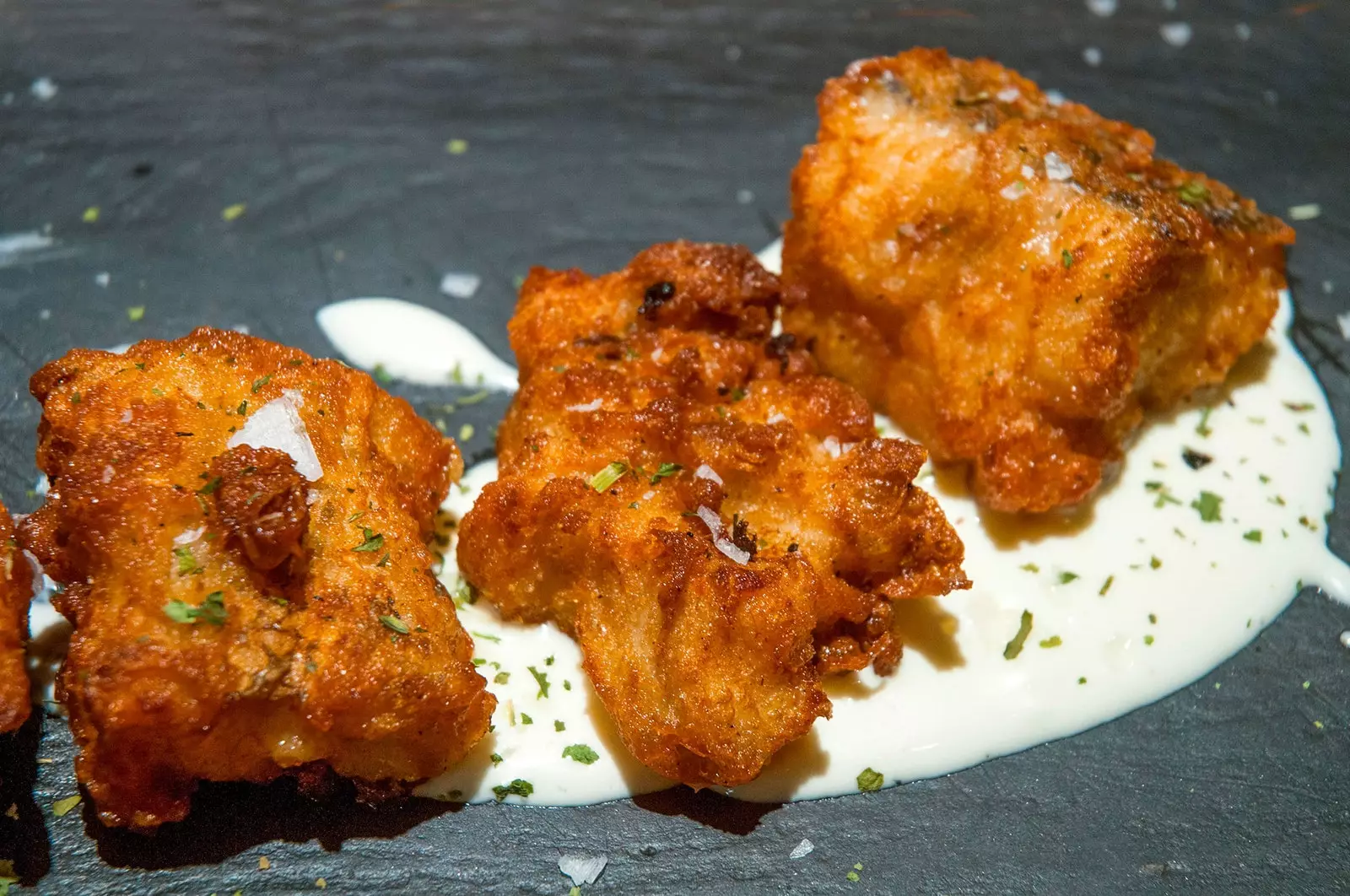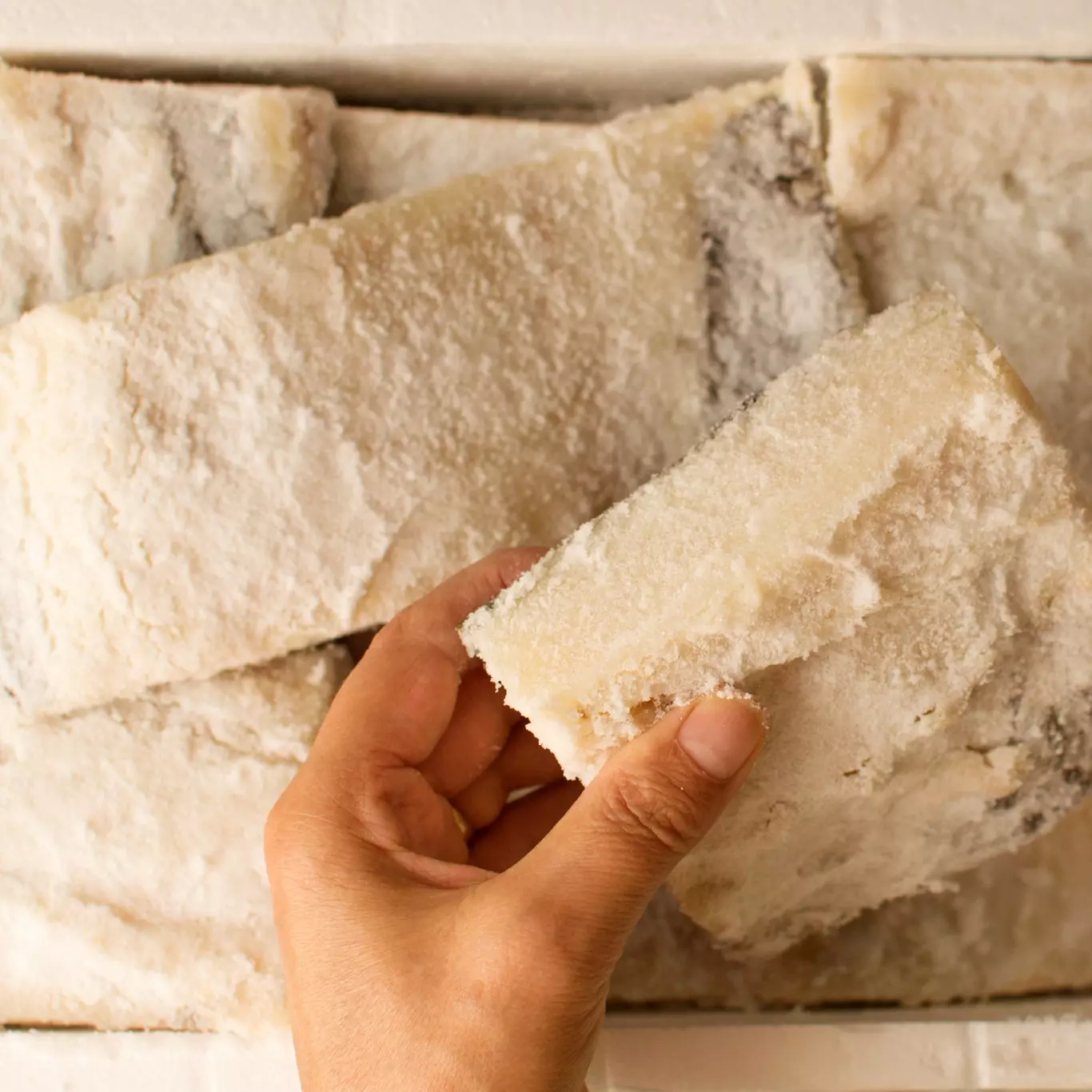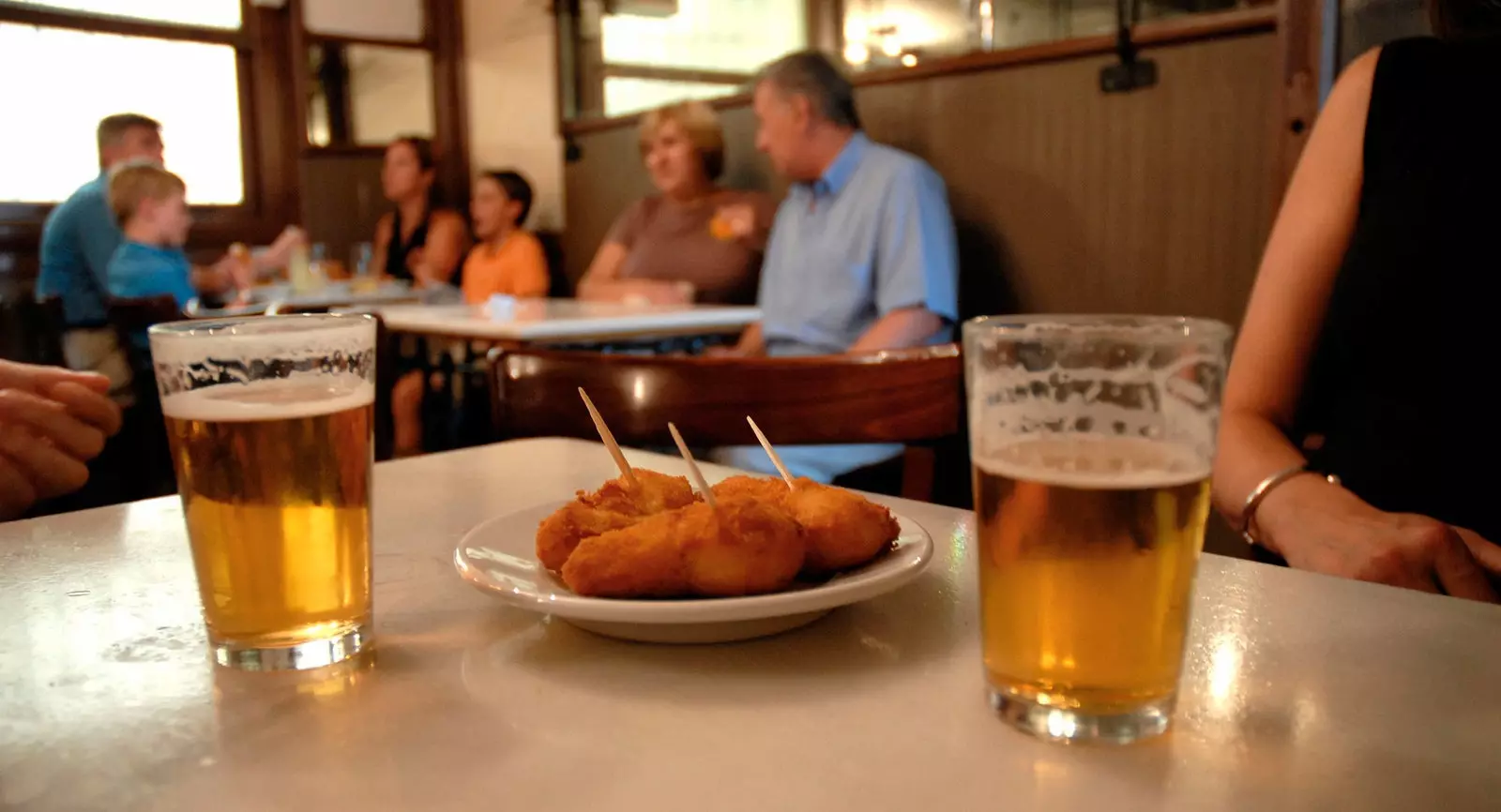
We vindicate the forgotten fried cod of Madrid
Madrid has never been Madrid without cod embroidered on its garments . For centuries it has been one of the favorite sons of the big city, much appreciated by the Grandees of Spain and by those who knew how to deal with famine and rationing after the Civil War. And it still is dodging yes the lunges of modernity , a new sensory era that has insisted on burying the fish of the city without the sea and losing sight of it forever. Madrid has also docked the ship at the dock of a new sea, that of blindness . Of course, while some eat baos, the cod tapa is reserved for those who know how to savor Madrid.
A COVER WITH HISTORY
In Spain we have always had some very fine monarchs, capricious and with good taste, smell and touch for gastronomy. For example, Carlos V asked that the oysters from Laredo (which he loved) be sent to Yuste . And so they did, thanks to a very sophisticated post system for the time. Something very curious happened with the cod in Madrid, according to what Miguel Ángel Almodóvar tells us, author of hunger in spain who, in addition, is a great promoter and defender of our gastronomy.
Almodóvar tells us that Felipe II is the one who decides that Spain led the counter-reformation in the 16th century , appearing days of abstinence from meat and making fish the immediate option. “Spain is a tremendously mountainous country and fresh fish was impossible to transport. Cod is the option to the disappearance of the whale, which is exhausted because it is liquidated. By drying the cod and salting it, they obtain a product that can work for years and be transported ”, he tells.

Cod, history of Spanish gastronomy
Cod is imposed as an obligatory product to maintain that abstinence from meat that occupied almost half the year . that generates multitude of recipes (almost always indoors) with cod, a product that is gradually becoming fashionable. Thus, different types of stew or hash that move away from such coastal recipes like the vizcaína or the pil pil.
When the 19th century arrived, cod was already seen as local to Madrid as the very goddess Cibeles and begins to be sold in grocery and colonial stores in the form of huge sheets. “They cut themselves with huge shearwaters called bacaladeras and that is why the first machines through which credit cards were swiped were called bacaladeras, because of the resemblance they had to these shears”, explains Almodóvar, remembering that smell that emanated from grocery stores, which is already part of our sensory memory and that we immediately associate with Madrid.
WITH WORK 'WE HAVE TOPAO'
In the last third of the 19th century they began to become fashionable in Seville "the pavias" (which before cod were roasted hake) coinciding with the opening in Madrid of farm house , where they start to be served the famous little soldiers of Pavia , which did not cease to be a piece of battered and fried cod . The bell pepper appears as a companion to cod, very cheap and affordable at a time when pickles were the light of the taverns.
It is the taverns that popularize cod in Madrid , acquired mostly in the León street (Las Letras neighborhood) which is where the fishmongers were. Casa Labra was founded in 1860 with the idea of cod as a popular food, for everyone . The cod begins to be coated in batter and becomes a very central Madrid tapas. in a very short time Labra cod begins to spread to other taverns with more or less success, although none will reach the good work of Labra. The soldier from Pavia was a mouthful of exquisite cod, crispy on the outside , juicy inside and flavorful, lots of flavor.
After the Civil War, the popular classes made cod a highly valued food due to its low cost. “The masons who were rebuilding the country turned cod slices into an essential meal. And not only cod, but also Russian steak or the salty French toast from the Antonio Sánchez tavern ”, explains Almodóvar, emphasizing the decisive role that cod had in a destroyed country that was seeking economic recovery.

Tapas from Casa Labra
A PLEASURE FOR THOSE WHO KNOW HOW TO APPRECIATE IT
Dried and salted cod has been in decline in the last 10 to 15 years. Miguel Ángel is blunt: “ Cod loses importance above all a social movement that revolves around diet and healthy living . This new 'riquismo' that was born after the 2008 crisis makes us see something unreal, the introduction of a healthy concept of nutrition without much thought from the hand of great nutritionists such as Lady Gaga or the Beckhams who promote gluten-free culture without foundation”.
The gastronome also does not hesitate to point out Norway and its skrei , that fresh cod of which there is no tradition in Spain but which has entered here overwhelming everything. The desalted cod, so ours, that for centuries that has been refined in our culture still resists its departure. Now it is associated with a product with an excessive degree of salt and the consequent risk of hypertension. Of course, as if we never went to restaurants to enjoy that part of our cultural identity that is gastronomy.
Madrid cod is now only available to a few, those who miraculously find a place by waiting and doing penance at the door of Labra or revolt house , other bastion "bacaladesco" that has defended positions since the 1960s. And now only for those who are lucky enough to live nearby because they don't work at home. Nor will they ever. Because Madrid is lived with a piece of crispy cod.
It is one of the tapas in Madrid that has endured the most ravages of time. Cod contains a piece of Madrid's history in every bite and only those who know how to appreciate it realize its exquisiteness. Well, and the time we lose by not attending to our own palate.
THE RECIPE AND TRICKS FOR YOU TO TRY FRIED COD AT HOME
Ingredients for 4 people
- 400 gr of desalted cod (if possible, from the back)
- 300 gr of common wheat flour
- cold milk
- 1 tablespoon of baking soda
- olive oil for frying
- Salt
First, the cod is desalted, leaving it in water and changing it every 8 hours for a day and a half. We cut the cod into blocks that have a rectangular shape and we prepare the batter (for this we pour the sifted flour into a plate or bowl, with a pinch of salt and baking soda and mix well). We are incorporating little by little the milk that must be cold. Go adding with energy with some rods so that it is integrated without lumps. The texture should be somewhat thicker than a porridge. Heat a pan with plenty of EVOO.
Coat the cod in the mixture that must be cold. if it is somewhat warm, it should be covered with a film and let it refrigerate for half an hour. Fry with hot oil that will cool down a bit. When they are golden, the pieces are removed and left to rest on blotting paper to remove excess fat. If we want to make a true soldier of Pavia from Casa Labra, there is nothing more than garnish it with a good strip of bell pepper.
Take advantage!
